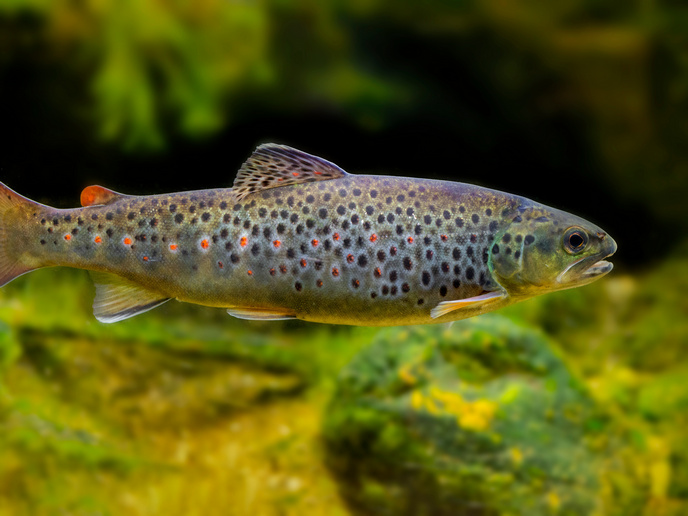Finding the traces of animal domestication in Finland’s reindeer
The word domestication usually conjures up images of sheep, horses, dogs, cows and pigs. These species have a long and well-documented history of domestication with humans, and as such, people control much of their lives – from diet and exercise to breeding. Human domestication shapes animals’ genetic and physiological make-up, leaving certain traits and identifiable markers, such as a change in body size and docile behaviours. Reindeer, although domesticated in some sense, have never been under such control. “Although reindeer herding practices have varied through time, the livelihood has always been based on a certain degree of freedom of the animals,” explains Anna-Kaisa Salmi(opens in new window), professor of Archaeology at the University of Oulu and DOMESTICATION(opens in new window) project coordinator. “Therefore, the ‘classic’ domestication markers do not work very well for reindeer.” In the DOMESTICATION project, which was funded by the European Research Council(opens in new window), researchers dug into the past relationship between humans and reindeer to find indications of domestication taking place. “A combination of archaeological data and traditional knowledge has led to a novel understanding of reindeer domestication as a relationship that is built in everyday activities and encounters between the human and animal partners, continuously evolving in a changing world,” Salmi adds.
Testing new investigation pathways for domestication
To investigate the human-reindeer partnership over time, the DOMESTICATION team analysed a series of reindeer samples from archaeological excavations in Northern Finland, Norway and Sweden. The project also developed new methods to identify human-reindeer interactions through time, including reconstructing physical activity that may have caused alterations to the muscles and ligaments attached to bone, and pathological lesions. They also analysed stable isotopes in the bones, which can indicate shifts in the animals’ diet. Finally, the project engaged with present-day reindeer herders to understand the modern-day relationship in reindeer training and racing.
Illuminating the development of reindeer herding
The project threw new light on the chronology of reindeer herding among the Sámi people, and revealed not only when and where, but ‘how’ people were living with domesticated reindeer. The research consolidated the idea that the transition to small-scale reindeer herding occurred around the 7th century AD. At this early stage, from 700–1400 AD, domestic reindeer herds were small, and human livelihoods were complemented by hunting, fishing and gathering. “Our research confirmed that reindeer feeding and draught reindeer use were already practised during this period,” Salmi notes. “Analysis of ancient DNA (aDNA) as well as osteological analyses show that wild reindeer hunting was still practised and culturally significant.” A transition to mobile reindeer pastoralism occurred around 1400–1600 AD. Through research on aDNA, the team showed this transition was accompanied by a change in religious ritual as well as settlement patterns.
Seeking further information in ancient pollens
The research will continue under a new project funded by the Finnish Cultural Foundation(opens in new window), examining the pollen record from Arctic Finland to find the impacts of reindeer hunting and herding on plant life. “The project will examine long-term changes in biodiversity in connection with changes in reindeer hunting and herding,” adds Salmi. One concrete outcome from the DOMESTICATION project is a book: Domestication in Action – Past and Present Human-Reindeer Interaction in Northern Fennoscandia(opens in new window), published in 2022. “It was really a group effort, and I’m very proud of it,” Salmi says.







